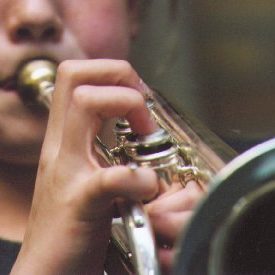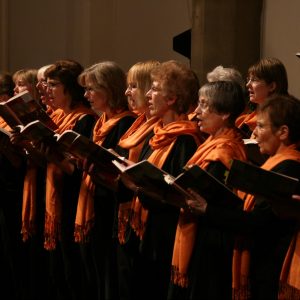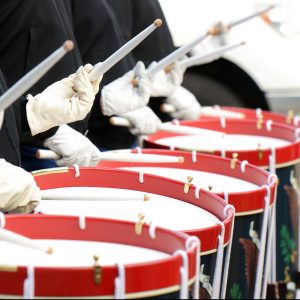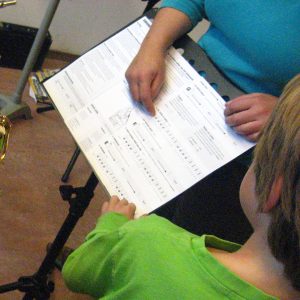Jean Sibelius: Romanze in C op. 42
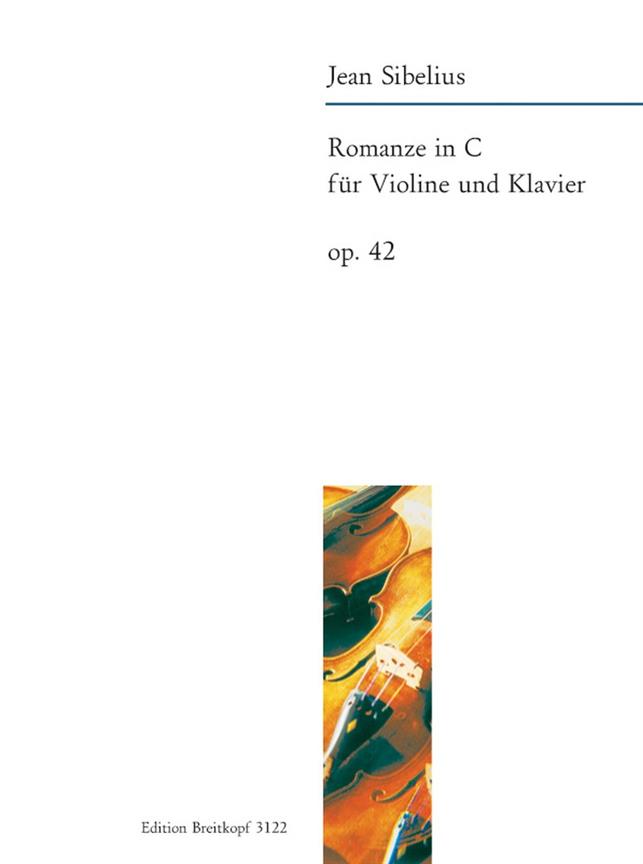
- Componist:Sibelius, Jean
- Uitgever:Breitkopf & Hartel
- Instrument(en): Viool, Piano
- Periode: Modern
- Arrangeur:
- Bezetting: Duet
- Genre: Klassiek
- Soort: Bladmuziek
- Uitgeversnummer: EB 3122
- ISBN: 9790004182666
- ISMN: M-004-18266-6
Bel voor advies: 0342-419197
Informatie
Als Breitkopf & Härtel 1909 die „Romanze in C“ herausbrachte, geschah dies gleich in großem Stil, u. a. durch das Arrangement für Violine und Klavier von Otto Taubmann. „Vorzüglich“, schrieb der sonst eher kritische Sibelius über Taubmanns Arbeit begeistert an den Verlag – und doch geriet die Fassung bald in Vergessenheit, während das Original in der Nachfolge der Serenaden von Dvorak und Tschaikowsky Einzug ins Repertoire hielt. Taubmann hatte seine anspruchsvolle Aufgabe wirklich souverän gelöst. Die „Romanze“ ist kein verkapptes Konzertstück, sondern bietet den für Sibelius typischen dichten, dunklen Streichersatz. Taubmann löst die Solostimme förmlich aus dem Gewebe. Dramaturgisch geschickt werden Klavier und Violine nur in wenigen Takten gedoppelt. Andererseits führt Taubmann die Solostimme mit der leeren G-Saite bewusst unter die Klavierbegleitung, die grundsätzlich ungewöhnlich tief liegt und über weite Strecken nur im Bassschlüssel notiert ist. Die Wiederveröffentlichung zum Sibelius-Jahr 2007 eröffnet die Möglichkeit, die wirkungsvolle, technisch mittelschwere Einrichtung neu zu entdecken.
When Breitkopf & Härtel published the "Romance in C" in 1909, it did so on a rather grand scale, which included the publication of Otto Taubmann's arrangement for violin and piano. The otherwise rather critical Sibelius enthusiastically gave it a thumbs-up to the publisher, calling it "excellent!" Nevertheless, this version soon fell into oblivion, while the original found its way into the repertoire as a worthy successor to the serenades of Dvorák and Tchaikovsky. Taubmann solved his demanding assignment with amazing skill. The Romance is not a concerto movement in disguise, but features the dark, dense string writing typical of Sibelius. Taubmann literally draws the solo part from out of the string texture. With a masterly sense of dramaturgy, he doubles the piano and violin only in a few measures. Taubmann also sometimes deliberately leads the solo part with its open G string below the piano accompaniment, which is basically unusually low and notated over wide stretches only in the bass clef. This new publication for the Sibelius Year 2007 now makes it possible to rediscover this effective arrangement of medium technical difficulty.
Gerelateerde producten
- Telefonisch advies & bestellen
- 14 dagen bedenktijd
- Gratis retourneren
- Korting voor Docenten, koren of verenigingen
- Vanaf 30 euro = gratis verzenden
- Achteraf betalen


